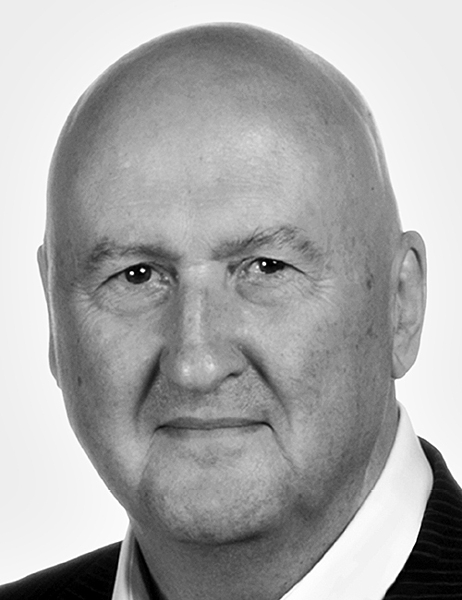
Only successful technologies evolve, and implantology is clearly one of the most successful fields of modern dentistry. Indeed, the continuing evolution of implant design facilitates improvements in clinical outcomes and also expands the range of clinical indications for which implants can be employed. While such continuing improvement is critically predicated on thorough treatment planning by, and the operatives skills of, the clinical team, changes in implant design should be based on a sound understanding of the fundamental biology of osseointegration, or endosseous (‘in bone’) healing.
This presentation will deal with two issues of current importance in the basic biology of osseointegration. The first focuses on new data that shows that topographically complex implant surfaces have a profound effect on the spatiotemporal development of peri-implant neovascularization. Surface implant topography has long been shown to affect the pattern of peri-implant bone formation, broadly categorized as either ‘distance’ or ‘contact’ osteogenesis. However, little has been understood of the mechanisms by which contact osteogenesis occurs. Nevertheless, it is known that the precursors of the osteogenic cells responsible for new bone formation are of perivascular origin. Since angiogenesis precedes osteogenesis, it is reasonable to assume that this important perivascular cell population enters the wound site concomitant with peri-implant angiogenesis, or neovascularization. We have recently shown that this is, indeed, the case. However, interestingly, we have also shown using multi-photon real-time fluorescence microscopy that the spatiotemporal morphogenesis of peri-implant neovascularization is also profoundly influenced by implant surface design.
The second issue of current importance is the definition of the term ‘osseointegration’ itself. In addition, of the scores of previously published definitions of the term, two new approaches have recently emerged. These two theories regard osseointegration as either a foreign body reaction where the implant is sequestered by bone tissue, or a restoration of homeostasis due to the natural ability of bone tissue to respond, by remodelling, to external stimuli. These two theories will be critically compared.
Learning Objectives:
- To understand the need for continual improvement on dental implant design
- To understand that implant design affects peri-implant blood supply and that this drives the known differences in bone growth patterns
- To judge the veracity of claims underlying the two most recent theories of osseointegration